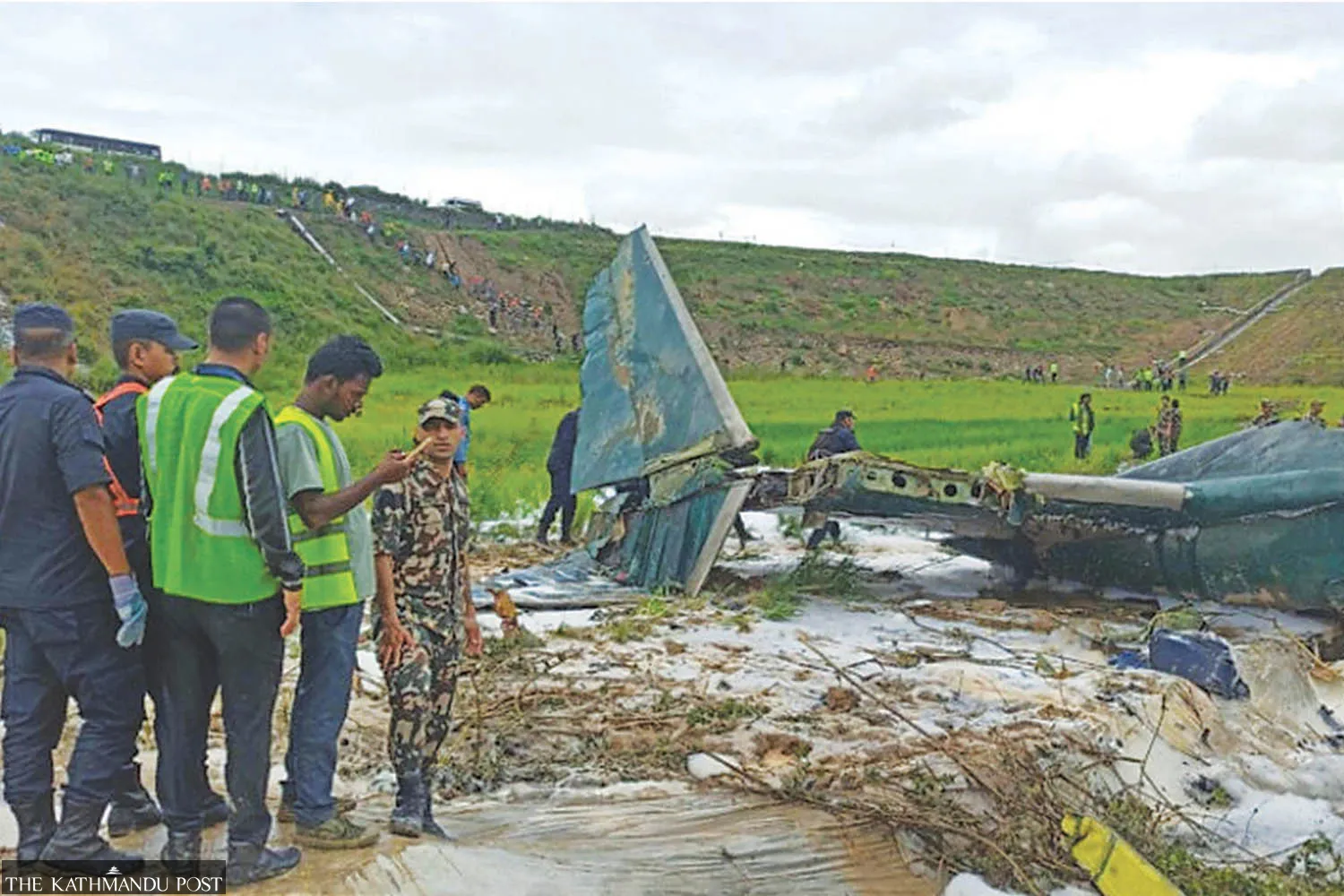Nepal Plane Crash Linked to Load and Speed Errors

Nepal Plane Crash Analysis
The recent Nepal plane crash is believed to be the result of load and speed errors. As the investigation delves deeper into the circumstances surrounding the crash, officials are scrutinizing air traffic control decisions and pilot training protocols.
Investigation Findings
The preliminary findings suggest that several factors contributed to this tragic incident. Here are the key points:
- Load Management Issues: Overloading of the aircraft may have occurred, impacting flight stability.
- Speed Variations: Incorrect speed maintenance during critical flight phases was noted.
- Potential lack of adherence to safety protocols by crew members.
Government Response
In light of this event, Nepalese officials are expected to review current regulations governing aircraft operations. This tragedy serves as a stark reminder of the need for stricter compliance with aviation standards. The aviation safety framework in Nepal will likely undergo significant reforms in response to these events.
Next Steps for Nepal's Aviation Safety
To ensure future safety, measures must be implemented that cover pilot training, aircraft maintenance, and stricter load regulations.
This article was prepared using information from open sources in accordance with the principles of Ethical Policy. The editorial team is not responsible for absolute accuracy, as it relies on data from the sources referenced.